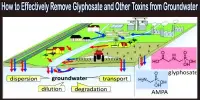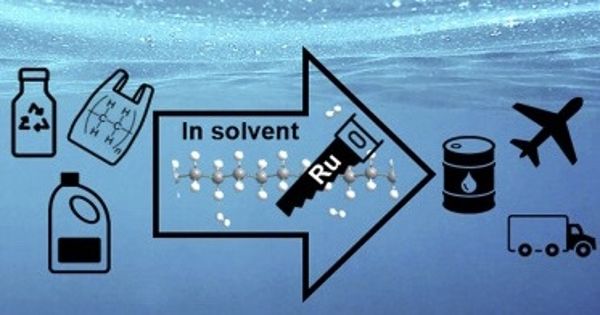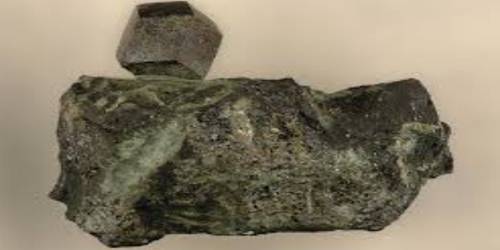The diesel fuel is injected under pressure into the engine cylinder, where it reacts with the air and ignites. The exhaust gases emitted by the engine contain a number of components that are hazardous to human health and the environment.
During the WCX™ World Congress Experience in Detroit, April 5-7, Southwest Research Institute (SwRI®) showed the effectiveness of its patented and award-winning CAT-DEF™ technology.
The domestically sponsored advancement successfully decreased heavy-duty diesel engine nitrogen oxide (NOx) emissions to meet CARB 2027 criteria. CAT-DEF, or Catalyzed Diesel Exhaust Fluid, is a catalyst- and surfactant-modified diesel exhaust fluid (DEF) solution created by SwRI.
Selective catalytic reduction (SCR), an advanced emissions control system, is used in today’s diesel engines to reduce NOx emissions. DEF is injected into the exhaust stream and, under ideal conditions, decomposes to make ammonia, which interacts with NOx on the SCR catalyst to produce N2 and H2O.
Although the existing procedure is generally efficient at temperatures over 250°C, urea-derived deposits accumulate within the aftertreatment system at temperatures below 250°C. Because high-temperature engine operations are necessary to remove the deposits, they significantly limit low-temperature NOx conversion and increase fuel consumption.
Like other internal combustion engines, a diesel engine turns chemical energy in the fuel into mechanical power. Diesel fuel is a blend of hydrocarbons that would produce solely carbon dioxide (CO2) and water vapor (H2O) in a perfect combustion process.
CO2, H2O, and the unused component of engine charge air make up the majority of diesel exhaust gases. SwRI’s innovative technique reduces NOx and CO2 emissions from diesel engines by drastically minimizing the accumulation of unwanted deposits in exhaust systems.
“Although DEF technology has been utilized for more than a decade, the highest emissions control efficiencies could never be realized due to DEF’s tendency to create potentially harmful deposits in the exhaust system, particularly when the engine is operated at low loads and temperatures,” said Dr. Charles E. Roberts Jr., director of SwRI’s Commercial Vehicle Systems Department.
“A combination of surface-active agents and heterogenous catalysts blended into CAT-DEF reduces deposits by 90% with potential reductions up to 98%.”
Diesel emissions also contain toxins that can be harmful to one’s health and/or the environment. The majority of these pollutants come from non-ideal combustion processes like incomplete fuel combustion, reactions between mixture components at high temperatures and pressures, combustion of engine lubricating oil and oil additives, and combustion of non-hydrocarbon components of diesel fuel like sulfur compounds and fuel additives.
Although DEF technology has been utilized for more than a decade, the highest emissions control efficiencies could never be realized due to DEF’s tendency to create potentially harmful deposits in the exhaust system, particularly when the engine is operated at low loads and temperatures. A combination of surface-active agents and heterogenous catalysts blended into CAT-DEF reduces deposits by 90% with potential reductions up to 98%.
Dr. Charles E. Roberts Jr.
SwRI engineers investigated the technology’s efficiency for decreasing NOx emissions at the new criteria imposed by CARB, which is known for imposing stronger standards than the EPA, through a head-to-head comparison of diesel engines operating with and without CAT-DEF, using internal funds.
“We demonstrated that using CAT-DEF allowed an engine to meet or exceed upcoming CARB 2027 NOx requirements while using standard DEF did not meet the new standard,” said SwRI Research Scientist Dr. Grant Seuser, one of CAT-DEF’s principal investigators, who alongside his fellow researchers shared their findings during a session on system integration and durability at WCX.
“Our findings show that DEF can now be utilized over a much broader range of engine operation, decreasing overall NOx emissions.”
The CAT-DEF technology developed by SwRI is presently available for licensing. The innovative innovation is backwards compatible and can be used as a deposit reduction solution in existing engines.
















